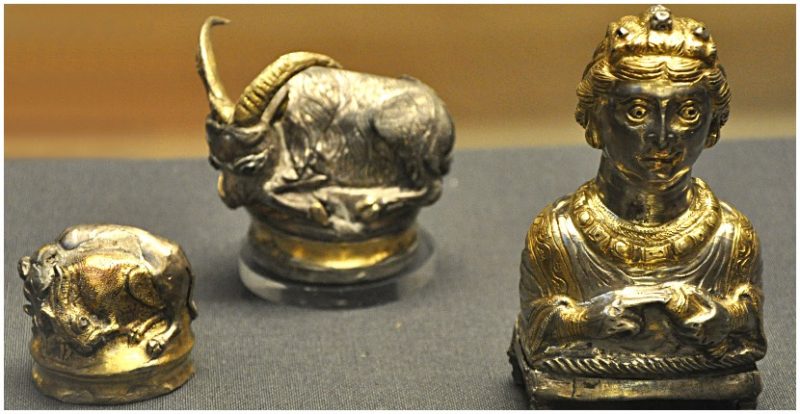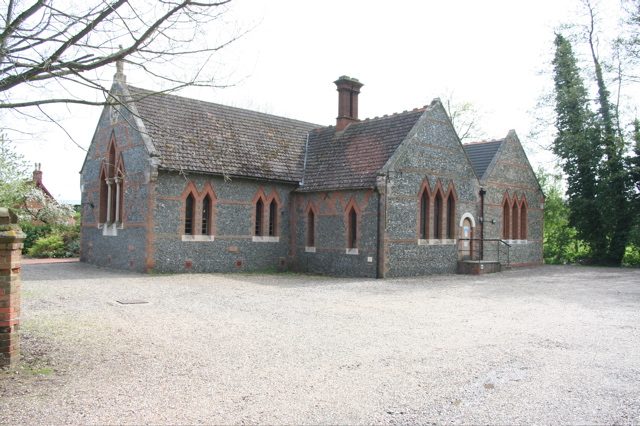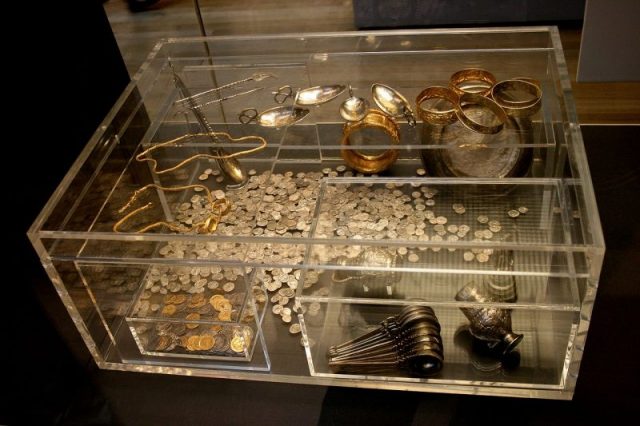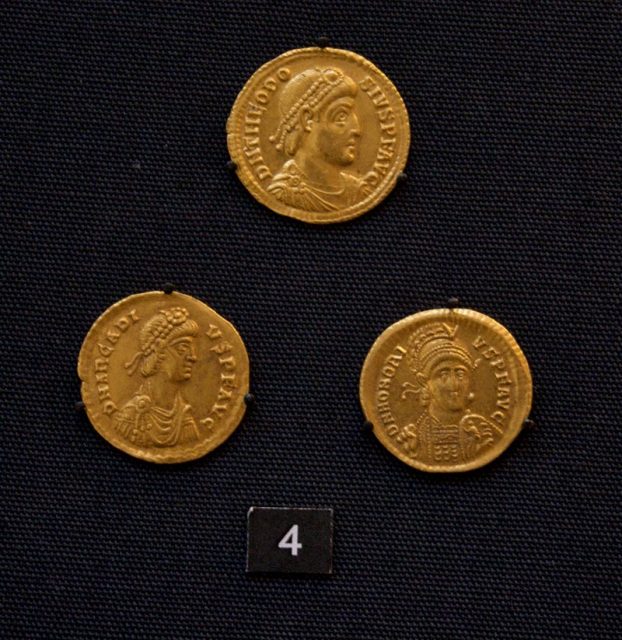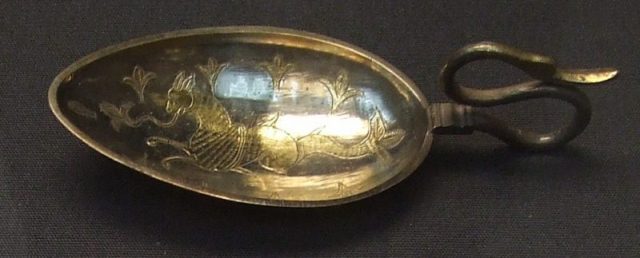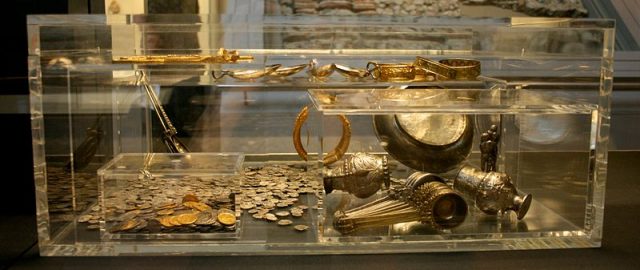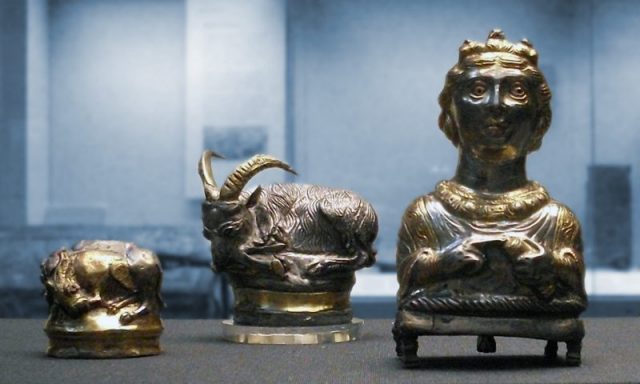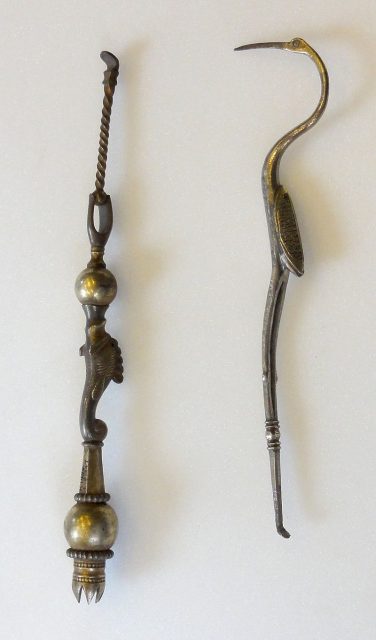
Wyrmwood is a fantastic Australian micro-budget zombie film that is taking the horror world by storm. It was a labor of love by directors Kiah and Tristan Roache-Turner who initially planned on a six month shoot and saw that expand to a 3 1/2 year labor of love. The budget jumped from 20,000 to 150,000 and Screen Australia had to throw in 800,000 to get it finished. The script changed drastically and so did the characters. However, the final product is a bonkers delight that is loaded with blood, bruises and zombies that can fuel vehicles. It is like Mad Max met a zombie film and then became something else entirely. You kinda have to appreciate a singular vision that was filmed on weekends and holidays. What makes this film work is the obvious love of cinema behind the camera. It is a little film that eventually could and I love how Kiah and Tristan are looking back it now with a sense of humor. I liked their candor in an interview with The Guardian
For somebody to start making a film like that, it basically means they’re one of two things: very rich or very, very stupid,” says Kiah. “I think we come into the second category. Our ambition way outstripped what we actually had in front of us.
At the start we slotted out all the scenes we had to shoot on a big Excel spreadsheet,” says Tristan. “We looked at it and we were like: ‘Are we actually going to do this?’ This is huge. It’s gargantuan. We looked at each other and said: ‘Yep, f**k it. Let’s do it.
Wyrmwood tells the story of a zombie plague breaking out and a man named Barry (Jay Gallagher) having a very bad go of it. He has to kill his family with a nail gun, constantly battle zombies and his sister Brooke (Bianca Bradey) was kidnapped by a disco dancing mad scientist. Eventually, he meets up with some cheeky survivors and together they patrol Australia in souped up cars. The tiny budget is used well as the focus is on gore/cool costumes while the action takes place in small warehouses and back roads. You can feel the sweat rolling off of the characters and according to The Guardian:
The Roache-Turner brothers understand that with this style of film you can be many things – incredulous, trashy, befuddling, utterly and profoundly weird – but you cannot be boring. To help maintain a lickety-split sense of mayhem they used more than 200 litres of fake blood, 50 litres of fake sweat, 100 rolls of black gaffer tape and 2,000 cable ties.

.
What I appreciate about Wyrmwood is that is takes an established horror genre and breathes new life into it. This wasn’t a film that was reactively made according to a current trend. The directors had a story to tell and they did it in three years. The going must’ve been tough yet they and the actors/crew stuck with it and the finished product is blowing up around the world. It is a shame that it is already the most illegally downloaded film in Australia and it hurts my soul that the creators had to unleash this post on Facebook.

If you are fans of the zombie genre or Peter Jackson’s early splatterfests I totally recommend Wyrmwood. Also, if you are an independent filmmaker I think it would be a fantastic motivator because it was a mᴀssive independent undertaking that saw the light of day. Watch Wyrmwood. Appreciate the mayhem. Check it out on Netflix.

A Farmer’s Misplaced Hammer Led to the Largest Roman Treasure in Britain
